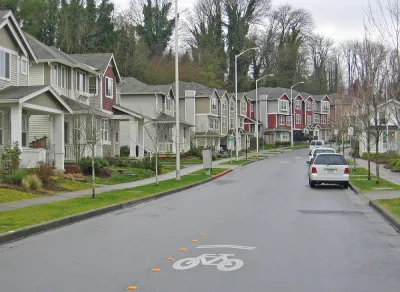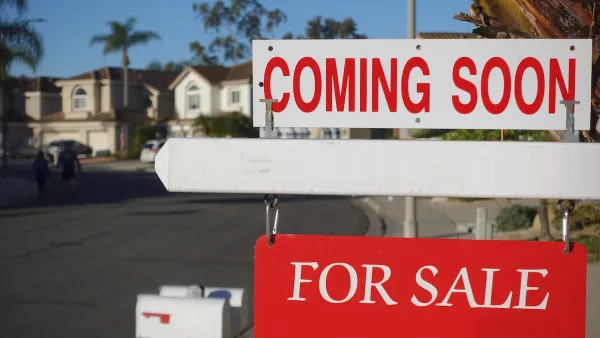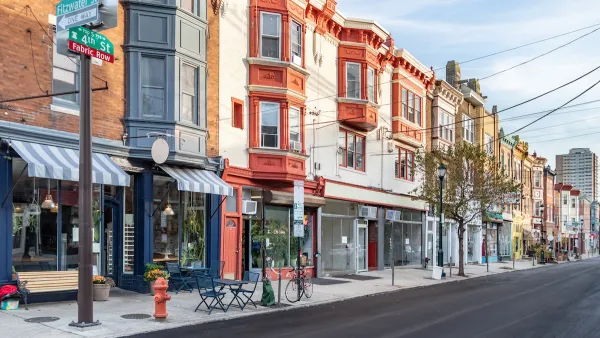The argument in the headline, put more specifically: inclusionary zoning, fees, legal challenges, and minimum apartment sizes are counter-productive. The only policy that will add housing stock, is to make it much cheaper to add housing stock.

Dan Bertolet chooses a side in an ongoing debate about the causes of the nation's housing crisis—specifically, the reasons why the cost of housing is so high in so many places around the country.
Few public policy issues can match urban housing politics for its incendiary combination of passion and misconception. To wit: the confounding idea that relaxing regulations and fees to decrease the cost of homebuilding won’t make homes more affordable.
So on one side, there is the familiar argument that land use regulations, fees, and red tape don't have much influence on the price of housing, because "developers charge as much as the 'market will bear' anyway. Any savings from streamlined regulations or reduced fees just yield more profit for the developer, not lower prices or rents."
According to Bertolet, that line of reasoning excuses counter-productive housing policy, and is often used to propose more costs for developers. Bertolet is choosing the other side of this debate: that red tape and fees add to the cost of housing, and that to add the level of housing stock necessary to lower the cost of housing, red tape and fees should be removed as mush as possible. Bertolet goes into a lot more detail to make his case, while discussing examples like inclusionary zoning and acknowledging that his opinion is not popular among urban planners.
FULL STORY: YES, RED TAPE AND FEES DO RAISE THE PRICE OF HOUSING

National Parks Layoffs Will Cause Communities to Lose Billions
Thousands of essential park workers were laid off this week, just before the busy spring break season.

Retro-silient?: America’s First “Eco-burb,” The Woodlands Turns 50
A master-planned community north of Houston offers lessons on green infrastructure and resilient design, but falls short of its founder’s lofty affordability and walkability goals.

Delivering for America Plan Will Downgrade Mail Service in at Least 49.5 Percent of Zip Codes
Republican and Democrat lawmakers criticize the plan for its disproportionate negative impact on rural communities.

Test News Post 1
This is a summary

Test News Headline 46
Test for the image on the front page.

Balancing Bombs and Butterflies: How the National Guard Protects a Rare Species
The National Guard at Fort Indiantown Gap uses GIS technology and land management strategies to balance military training with conservation efforts, ensuring the survival of the rare eastern regal fritillary butterfly.
Urban Design for Planners 1: Software Tools
This six-course series explores essential urban design concepts using open source software and equips planners with the tools they need to participate fully in the urban design process.
Planning for Universal Design
Learn the tools for implementing Universal Design in planning regulations.
EMC Planning Group, Inc.
Planetizen
Planetizen
Mpact (formerly Rail~Volution)
Great Falls Development Authority, Inc.
HUDs Office of Policy Development and Research
NYU Wagner Graduate School of Public Service





























